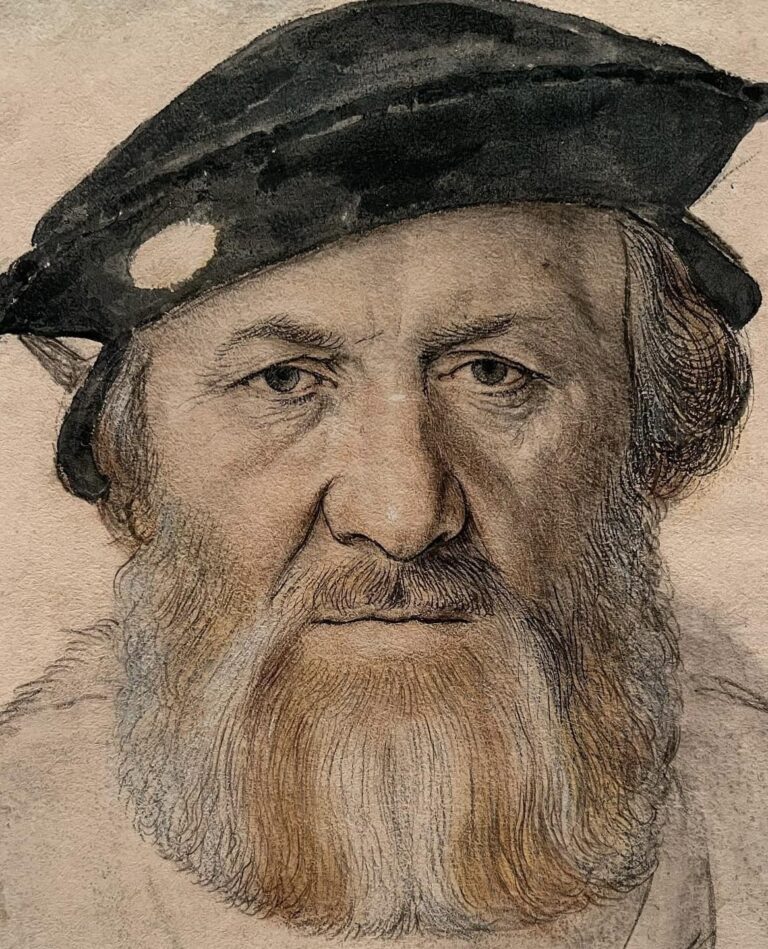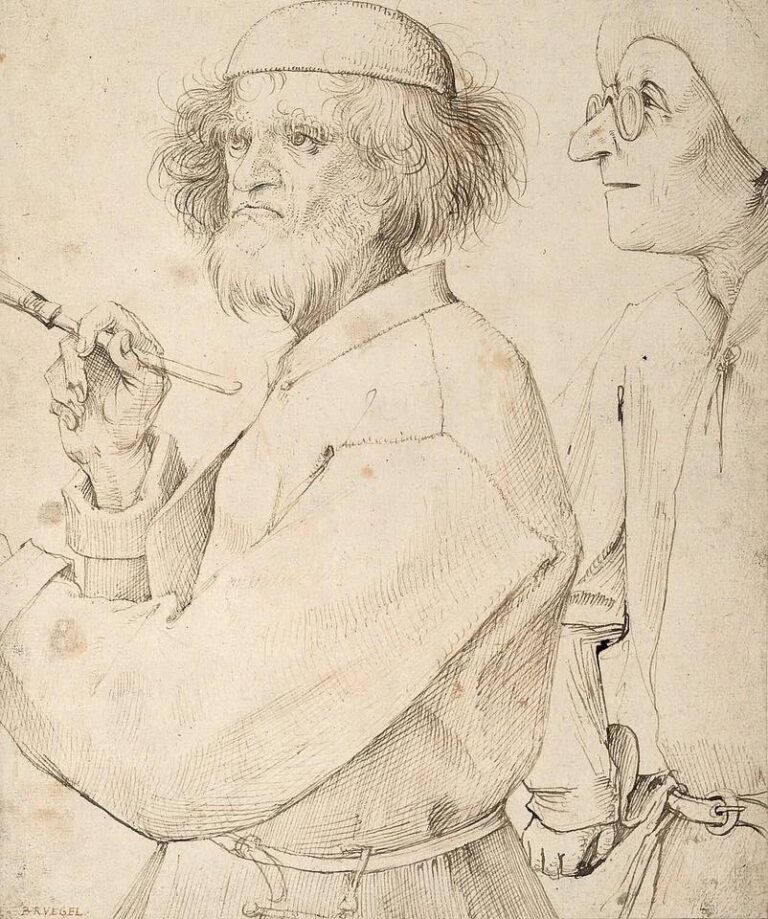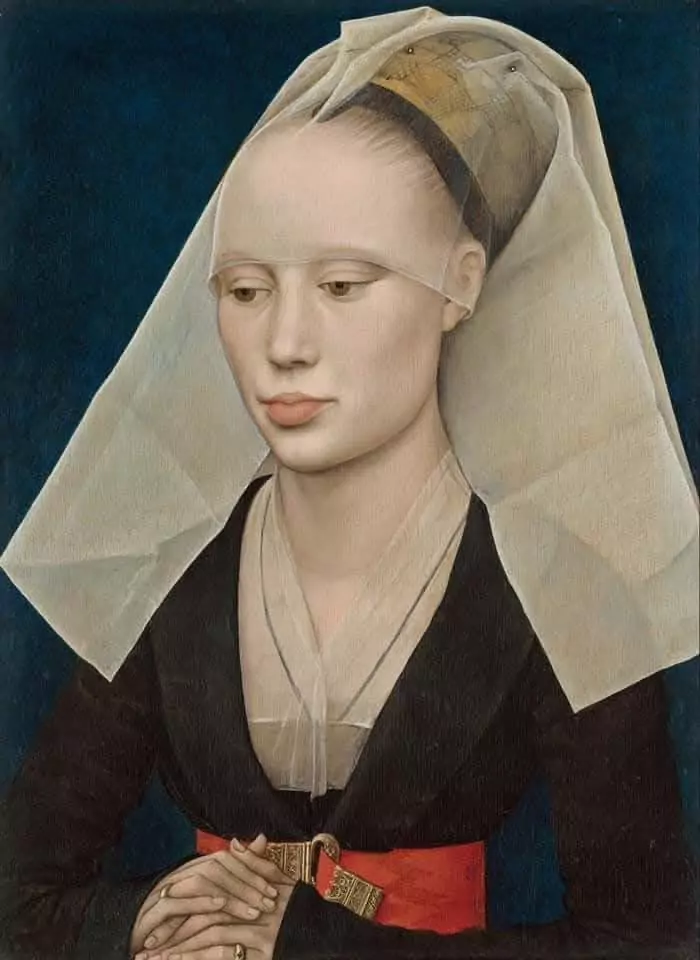Looking for a muse? Check no further. Discover the Best of Art, Culture, History & Beyond!
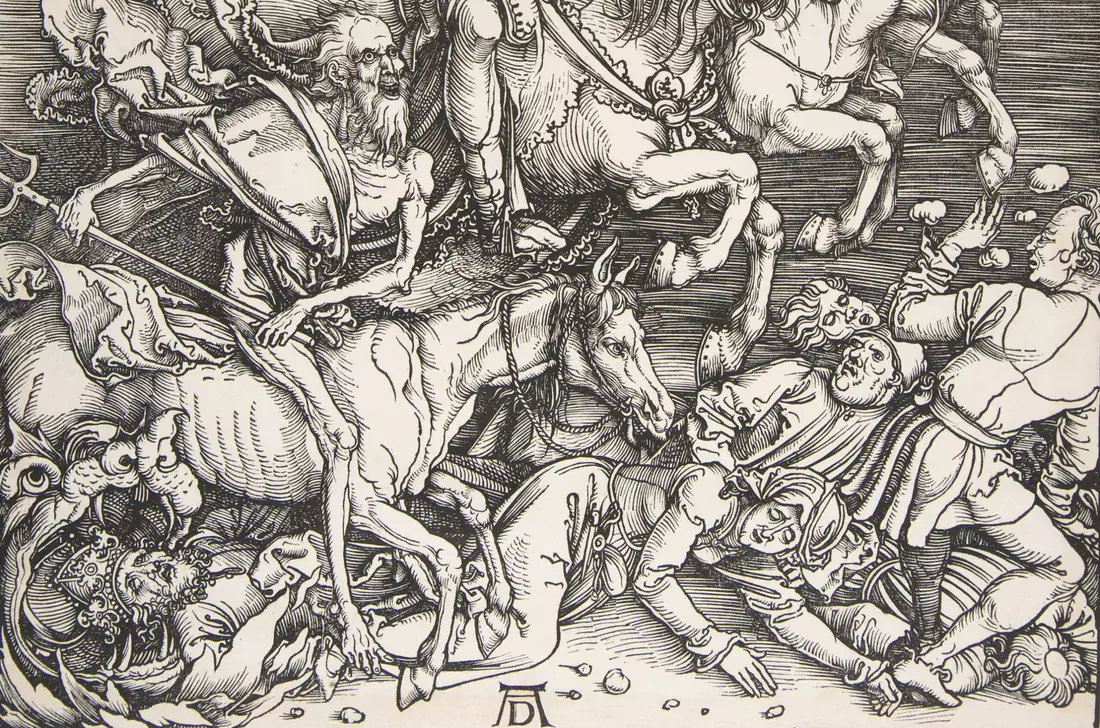
Imagine standing in front of an artwork that feels so alive, it’s as if the lines might start moving any second. That’s the magic of Albrecht Dürer. His pieces, whether on canvas or paper, have this uncanny ability to pull you in, making you feel like you’re part of the scene. Let’s dive into what makes Dürer’s work so captivating and why, even after all these years, we can’t help but be drawn to it.
A Glimpse into Dürer’s World
Born in 1471 in Nuremberg, Germany, Dürer was more than just a painter or printmaker; he was a true Renaissance man. He didn’t just stick to one medium but mastered several, blending techniques and styles in a way that was ahead of his time. His travels across Europe, especially his time in Italy, exposed him to different artistic traditions, which he seamlessly wove into his own creations.
The Magic of Printmaking
Before Dürer came along, printmaking was mostly about reproducing images for books or simple illustrations. But Dürer saw its potential as a standalone art form. He experimented with woodcuts and engravings, turning them into detailed masterpieces that told stories and conveyed deep emotions.
Woodcuts: Think of a stamp. Dürer would carve an image into a wooden block, apply ink, and press it onto paper. Sounds simple, right? But in his hands, this technique produced intricate scenes filled with depth and texture. Take “The Four Horsemen of the Apocalypse,” for example. It’s a whirlwind of motion and emotion, all carved meticulously into wood.
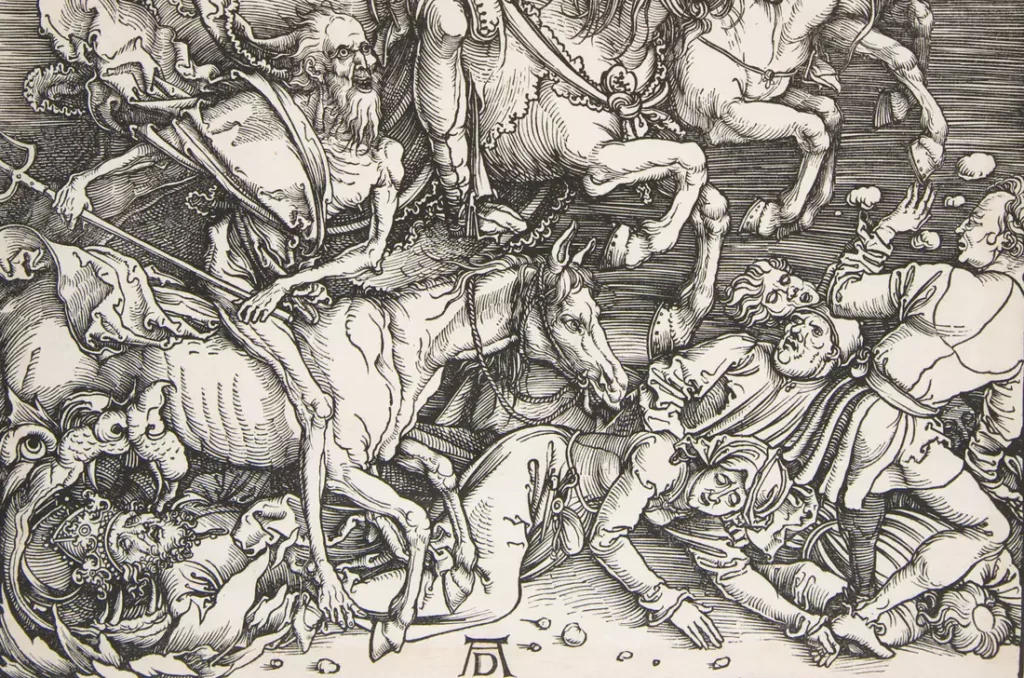
Engravings: This involves carving directly onto a metal plate. It’s a painstaking process, but it allows for even finer details. Dürer’s “Saint Jerome in his Study” showcases this perfectly. The delicate lines and shading create a mood that’s both mysterious and contemplative, inviting you to ponder its meaning.
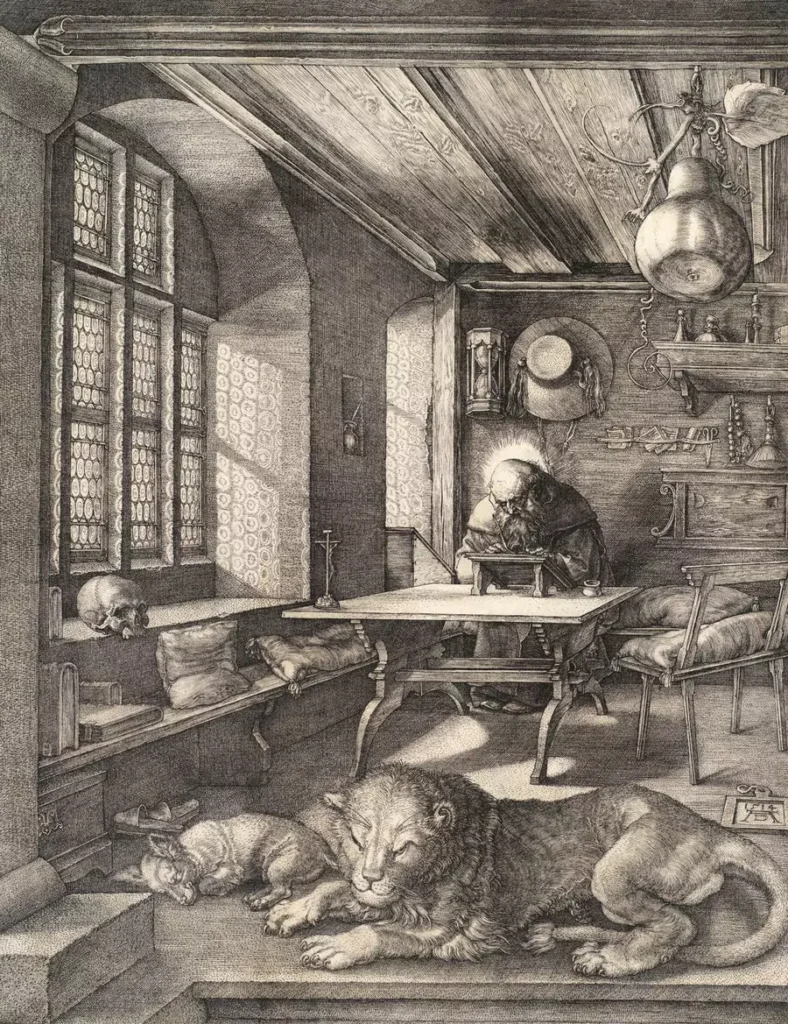
Painting with Precision and Passion
While his prints were groundbreaking, Dürer’s paintings are equally mesmerizing. He had this knack for capturing reality with such precision that you almost forget you’re looking at a painting.
Portraits: Dürer’s self-portraits are like looking into a mirror that reflects not just his appearance but his soul. In his 1498 self-portrait, he presents himself with an air of confidence, dressed in fine clothes, staring directly at you. It’s as if he’s challenging you to see him not just as an artist but as an individual with depth and character.
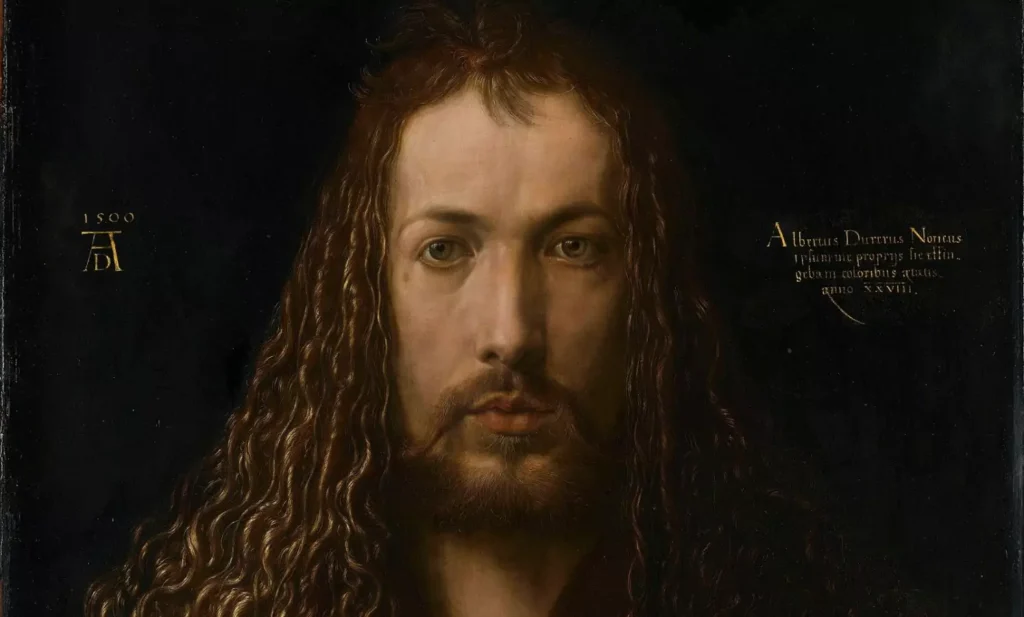
Nature Studies: His painting “The Little Owl” is a testament to his observational skills. Every feather, every glint in the owl’s eye is rendered with such care that you can almost hear the rustle of its wings.
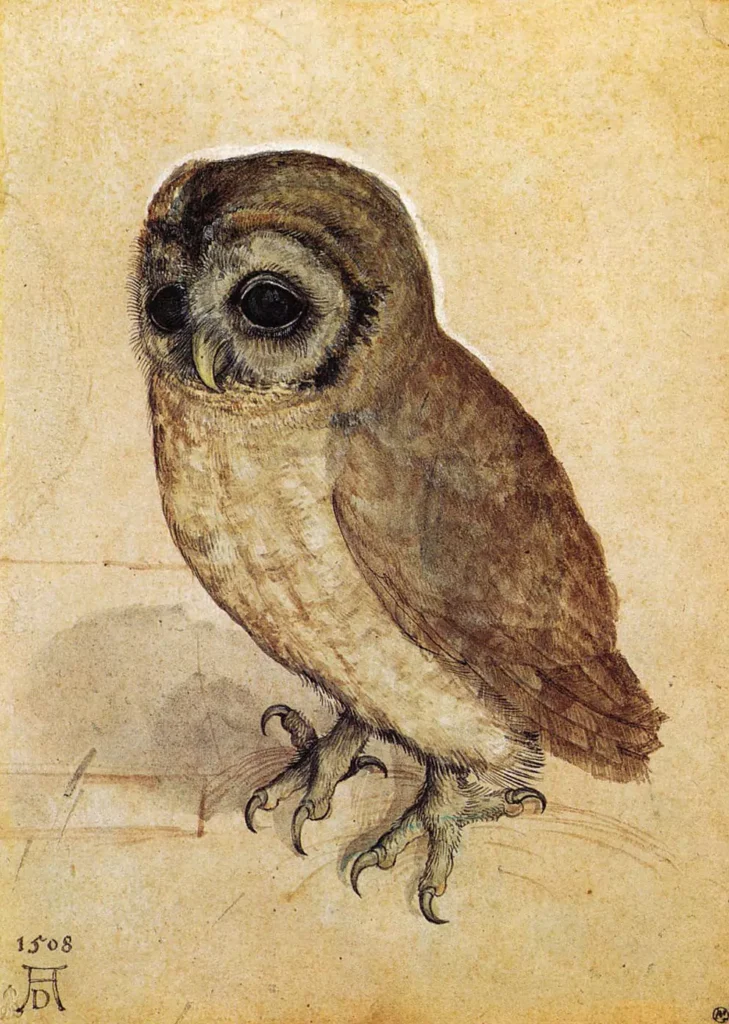
Why Dürer’s Work Resonates Today
So, what is it about Dürer’s art that continues to captivate us?
- Emotional Depth: Dürer didn’t just depict scenes; he infused them with emotion. Whether it’s the turmoil in “The Four Horsemen” or the introspection in “Melencolia I,” his works make you feel something profound.
- Technical Mastery: His attention to detail and command over various mediums set a standard that’s hard to match. Artists today still study his techniques, hoping to capture even a fraction of his skill.
- Universal Themes: Dürer’s art touches on themes that are timeless—life, death, nature, and the human condition. These are concepts we all grapple with, making his work perpetually relevant.

Albrecht Dürer was a visionary who transformed the art world with his innovative techniques and profound themes. His ability to blend technical precision with deep emotion ensures that his works remain as compelling today as they were centuries ago. Whether you’re an art aficionado or a casual observer, Dürer’s creations offer a rich tapestry of visual and emotional experiences that continue to inspire and captivate.

This article is published on ArtAddict Galleria, where we explore the intersections of art, history, and culture. Stay tuned for more insights and discoveries!

